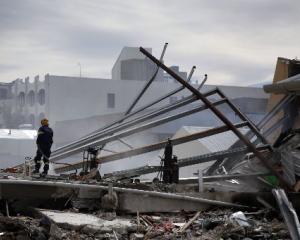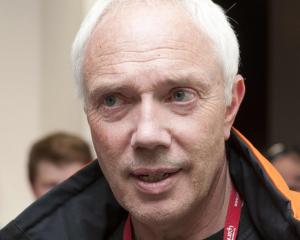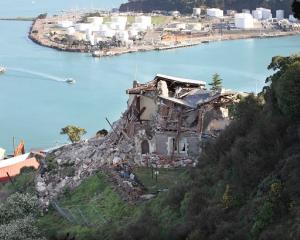Respected New Zealand architect Ian Athfield has issued an ultimatum to Christchurch's city planners - abandon the one-way system roading network or he refuses to help coordinate the post-earthquake rebuild.
Mr Athfield also demanded a rerouting of the city's bus system, another essential step to attracting more people to a reconstructed central business district.
"My bottom line is no one-way streets and no unnecessary buses through the city," he said.
"If that's not accepted then I'm not really interested in being involved."
Mr Athfield was expected to be at the forefront of Christchurch's emergence from the ashes of last month's devastating 6.3 magnitude earthquake.
He was appointed architectural ambassador for Christchurch by the New Zealand Institute of Architects after the city and environs were first jolted on September 4 last year.
His contribution to the city's rebirth then became more challenging on February 22 when a massive shake killed more than 180 people and reduced the CBD to rubble.
Mr Athfield said, while tragic, the natural disasters offered an ideal opportunity for Christchurch to reinvent itself as a cutting edge metropolis.
He thought a resistance to change had been diminished by the natural disasters.
"There are very few people holding that strongly to the past," he said.
Improved transportation links were a starting point for the city's regeneration with Mr Athfield saying the city should no longer be dictated to by traffic engineers.
"We need strong arterial routes instead of a lot of one-way streets that take people through the city rather than to the city," he said. "We also run a lot of buses around the city with not many people in them."
The city's new transportation needs will be debated when a task force is established to oversee Christchurch's recovery - a process that could take more than a decade to reach fruition.
"It's going to take at least six months to get a consensus and to get great people working together, people who are prepared to accommodate each other," he said, revealing he had already encountered difficulties.
A current member of the New Zealand Historic Places Trust board, Mr Athfield admitted his work in Christchurch had created friction with fellow directors.
"Other people on the board say I'm not interested if heritage, that I'm extremely defiant so that was a bad start," he said.
Mr Athfield refused to back down and today criticised so-called "heritage huggers" for refusing to believe the structural strengthening of some old buildings was required.
However, he did advocate the restoration of some iconic landmarks buildings to their former glory including ChristChurch Cathedral, its Catholic equivalent, the Arts Centre and Provincial Chambers.
And while he may not ultimately assist the process Mr Athfield was optimistic the necessary steps would be taken to resurrect New Zealand's second largest city.
"We've still got some strong and faithful people in the middle of town," he said.
"This is a great opportunity to develop an entertainment, food and living zone in the centre of Christchurch."
Mr Athfield also felt the thousands of Cantabrians who have fled the city would eventually return.
"It's a matter of time, healing takes time. I believe we will see most of them come back.
"The chances of it (an earthquake) happening again with such force are extremely slim."
Christchurch-born Athfield, 70, graduated with a diploma of architecture from the University of Auckland in 1963 and has been involved in many major works including the Wellington's Telecom Towers, the city's public library and the construction of the Paul Kelly Stand at AMI Stadium. His current projects include the transformation of the capital's Overseas Passenger Terminal to a residential complex comprising 80 apartments.






